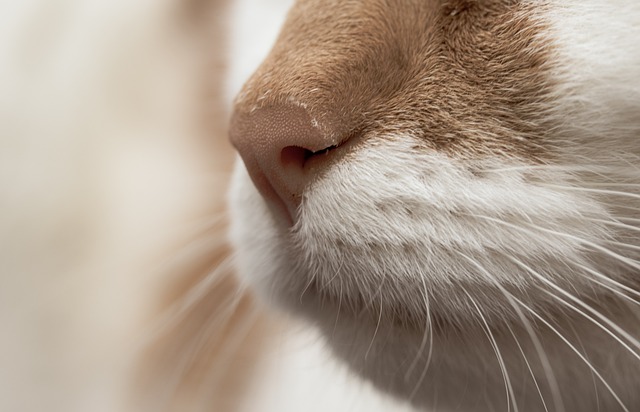Introduction: Kidney disease encompasses a range of conditions where the kidneys fail to function properly. This can manifest as a chronic, gradual degradation or as a sudden onset. In feline health, when we refer to kidney disease, we are predominantly addressing chronic kidney disease, a condition prevalent in older cats. This article will dissect kidney disease, delving into both acute and chronic forms separately.
What Is Kidney Disease? The kidneys play a crucial role in filtering metabolic waste from the blood and expelling it as urine. In cases of kidney disease, these vital filters begin to falter, impeding their normal function.
Chronic Kidney Disease: This form entails a gradual loss of the kidneys’ ability to filter blood and produce urine. As the kidney’s function diminishes, metabolic waste accumulates in the bloodstream. This buildup contributes to the clinical signs associated with kidney disease. Additionally, the strain on the remaining functional parts of the kidney exacerbates the condition, creating a detrimental cycle.
Acute Kidney Disease: In acute kidney disease, an abrupt event impairs kidney function, causing a rapid and substantial buildup of waste products. This sudden shift in blood chemistry leaves the affected cat feeling severely unwell. The kidneys, in an attempt to restore balance, work overtime to produce excess urine, often leading to dehydration.
Signs of Kidney Disease: Key indicators of kidney disease include alterations in water intake and urination patterns. Vomiting and dehydration may also be present. It’s important to note that a poorly groomed coat in an older cat can signal underlying disease and not just age-related changes.
Causes of Kidney Disease:
Chronic Kidney Disease: This form often stems from age-related degeneration, progressively compromising kidney function. It frequently coincides with other chronic conditions prevalent in older cats.
Acute Kidney Disease: This type is typically triggered by infections, toxins, medications, or certain foods that infiltrate and impair kidney function.
Caring for a Cat with Kidney Disease:
Chronic Kidney Disease: While the damage from chronic kidney disease is irreversible, there are strategies to mitigate its progression:
- Employ prescription diets tailored for kidney disease.
- Administer medications to manage pain, nausea, blood pressure, etc.
- Encourage increased water intake.
- Schedule regular veterinary check-ups.
- Consider fluid therapy for hydration.
Acute Kidney Disease: Swift and intensive intervention is essential for acute cases, potentially requiring hospitalization:
- Immediate vet assessment is crucial.
- Intravenous (IV) or subcutaneous fluid therapy is often necessary to support kidney function.
FAQs:
- Why won’t my cat eat its prescribed kidney disease diet?
- Convincing a cat to switch to a new diet can be challenging. Consult your vet for alternatives, prioritizing overall eating habits over specific food types.
- How can I increase my cat’s water intake and maintain hydration?
- Mix water into their food and provide multiple water sources, including still and moving water options. Ensure they feel secure when drinking, especially in multi-pet households.
- Could my cat be in pain due to chronic kidney disease?
- Severe kidney disease can cause discomfort and malaise. Cats may exhibit signs of illness, reduced appetite, and changes in behavior. Discuss concerns with your vet for appropriate pain management.
Conclusion: Kidney disease poses a significant challenge, necessitating individualized care plans. Monitoring your cat’s comfort and well-being, alongside regular veterinary check-ups, ensures the best quality of life for your feline companion enduring this chronic ailment.



